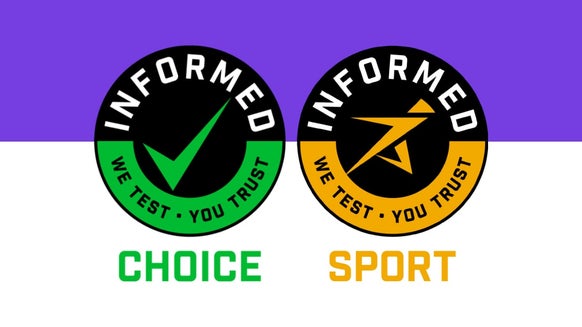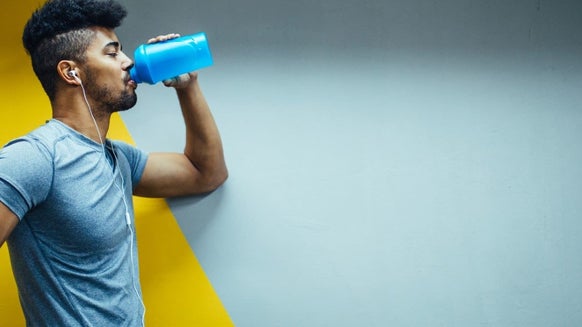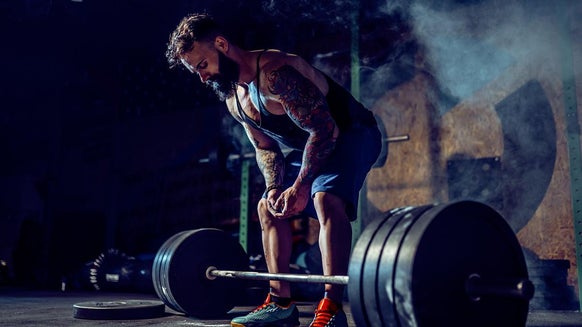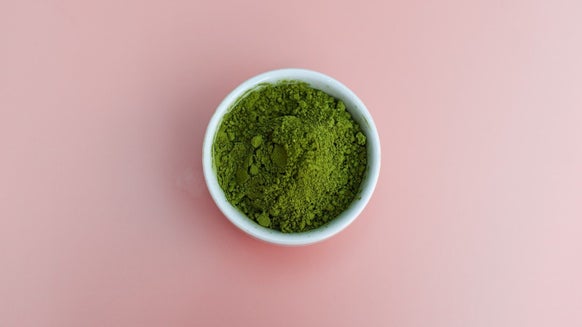How to Build Leg Muscle at Home
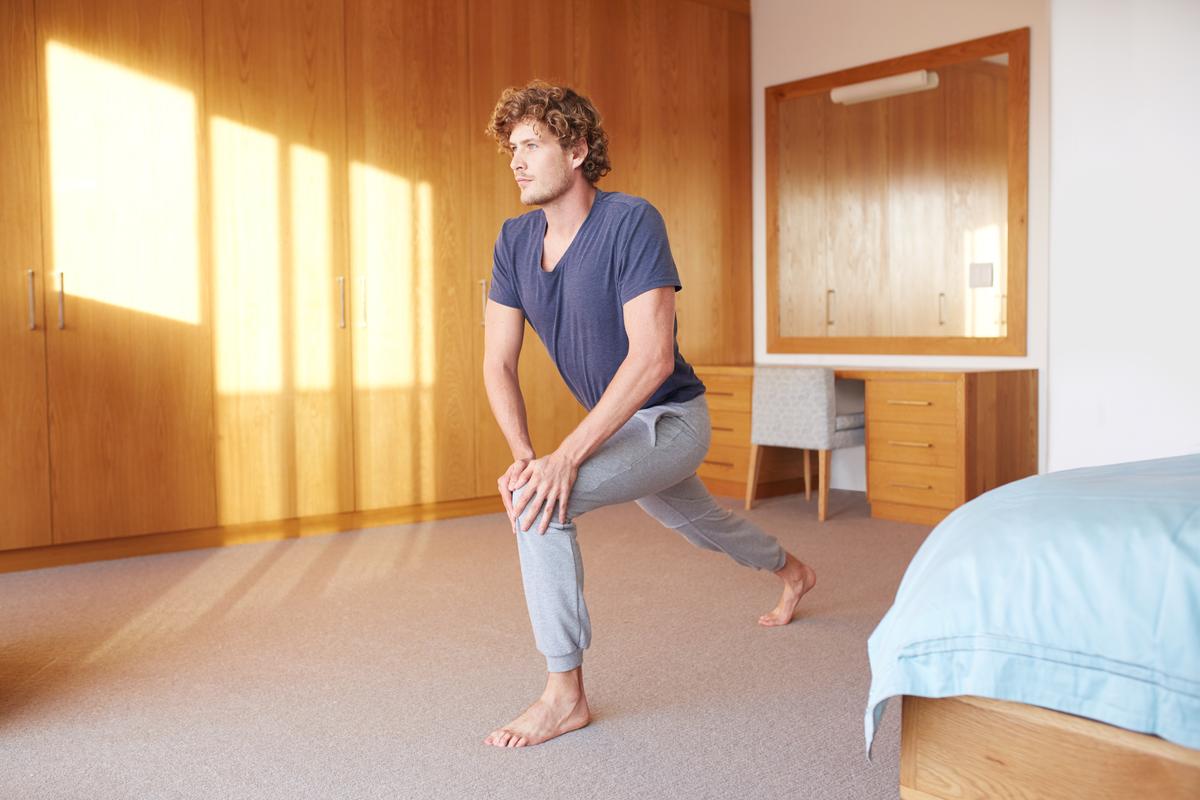
Let’s face it, we're all missing the gym. Trying to make those gains while training at home has become a challenge — but it doesn't have to be.
You can gain muscle while working out at home, you just need to pick the right exercises. You can adapt your usual muscle-building leg day to focus on bodyweight exercises and any equipment you have at your disposal.
We’re going to take you through several exercises and methods to help you achieve those leg gains at home and maximise your body. So, let's get started.
Bodyweight Exercises:
Bodyweight Squats
The squat is the holy grail of leg exercises and a stable of everyone's leg day routine. But, just because you don't have a barbell or squat rack, doesn't mean you exclude it from your home-based workout.
Hitting your glutes and quads predominantly, while being assisted by surrounding muscles, the squat will always be the go-to movement when looking to add serious leg muscle.
https://youtu.be/67snIWENTyI
- Start with you feet shoulder-width apart.
- Body upright looking forward and a tight core.
- Heels planted, sit as deep as you can before pushing back to a standing start.
- Take two seconds to release down, hold for two and power back up.
Walking Lunges
If you’re looking to build lower body strength, lunges are one of the best exercises you can add to your workout. The motion in the walking lunge is key. Rather than staying stationary, like in the traditional lunge, you push forward from the back leg and pull forward from the front leg — creating the walking motion.
Walking lunges strengthen the leg muscles as well as the core, hips, and glutes and can be made more challenging by adding weights.
https://youtu.be/YDaLrvY4UlU
- Stand upright, feet together, and take a big lunge forward with your right leg, lowering your hips toward the floor.
- Bend both knees to 90-degree angles. The back knee should point toward but not touch the floor, and your front knee should be directly over the ankle.
- Power form this position and continue through until the opposite leg is now forward lunging.
- Keep the core tight and upper body stable and upright.
- Put your hands on hips or above your head for some added difficulty.
Jumping Lunges
Lunges are tough and very useful exercise as they are so let’s make them harder, shall we? The jumping lunge is an advanced variation of a basic walking lunge exercise, bumping up the intensity by adding an extra element. Jumping between each leg and rep will bring in an aspect of explosive power and cardio-based work.
The plyometric aspect includes jumping in the air and switching your forward foot before landing. Your calves and hip flexors support the main muscles on the legs.
https://youtu.be/8pKaxIcV2JE
- Start standing with your feet staggered, your left foot slightly in front of your right.
- With your core engaged, push off the bottom of both feet into a jump, switching the position of your feet in mid-air, landing in a basic lunge with your right leg in front.
- Without rest, repeat this movement alternating legs. To prevent injury, make sure your back leg is bent directly underneath your body and your front leg is bent at 90 degrees at the knee and hip.
- 3 sets of up to 20 reps would do the trick.
Side Lunge
So many of our day-to-day movements are in one plane of motion, forwards and backwards. Whether it's walking, running, sitting, biking, or going upstairs you're always moving in one direction.
Targeting your quads, glutes, adductors and abductors, hip flexors, and hamstrings, side lunges are not one you should be missing off your exercise list.
https://youtu.be/-wGD-iOIS1U
- Start standing with legs slightly wider than the shoulders apart and toes pointed forward.
- Shift your body weight to one leg bending the knee until it reaches a 90-degree or as close as possible, angle and the other leg is straight. Glutes are pressing back behind you. Return to centre and switch sides.
- Tighten the core and keep the body as upright as you can.
Exercise with Equipment:
Dumbell Calf Raises
Your calves can sometimes be neglected when looking to build big bigger legs. But, who wouldn't want well-developed chiselled calves? Well, the simple calf raise is an excellent place to start. You can perform calf raises anywhere, anytime — you can do them while brushing your teeth or waiting for that kettle to boil. There's no excuse for skipping this calves again.
https://youtu.be/gmtSeWH9ies
- Stand up straight, holding a dumbbell in each hand.
- Push through the balls of your feet, raising your heel until your standing on your toes.
- Lower yourself back to the starting position and repeat. It's that simple.
Box Jumps
The box jump is a plyometric move that helps strengthens your, quads, calves, hamstrings and glutes. They'll help you be faster, more powerful than you thought. Box jumps will raise your heart rate and melt those calories — it's an essential exercise for your home workouts.
You can adjust the height of the jump depending on your ability. If you're just starting out, your bottom step is a great starting point.
https://youtu.be/8CHgnN5WE18
- Start by slowly squatting to just above parallel and bring arms back behind hips to add power to get off the ground.
- Explode with a strong forward-arm swing and tuck the knees after you've fully extended your legs.
- Land on the box softly, in the same squat depth you jumped with. Stand up tall, locking hips to finish the movement.
- Step down and rest.
Bulgarian Split Squats
Flexibility is an added benefit to this exercise with the raising of the rear leg. Working the same muscles as the squat, this can be a beneficial exercise when you're at home, with little or no equipment. You'll be isolating one leg at a time and performing a similar movement to the squat.
https://youtu.be/M9WgRAbTQ5I
- Place one foot on a solid surface behind you and take a big stride out. A bench or chair is perfect for this.
- Keeping your body upright, slowly lower yourself until your front knee is bent at a 90-degree angle.
- Pause at the bottom of the move, then push back up to the starting position
Take Home Message
It's easy to build leg muscle at home with little or no equipment, by simply changing the way you train. Introducing higher reps into your training, utilising supersets and HIIT circuits will help you achieve your goals.
Try 3-5 sets of 15-20 reps to really attack your muscles and feel the gains. Don't train the same muscle group every day as you need to allow your muscles to rest in order for them to grow. So, plan your sessions wisely.
If you can't get to the gym, or you're worried about skipping leg, don't panic. There are simple exercises you can do at home that can be just as effective as your usual gym-based workouts. As long as your training hard, your diet is on point, you'll find it easier to build leg muscle at home.




